Proposed potting mix
DMForcier
11 years ago
Related Stories

GARDENING GUIDESVegetables and Flowers Mix in Beautiful Edible Gardens
Ornamentals, meet your edible garden mates. We know you'll get along just beautifully
Full Story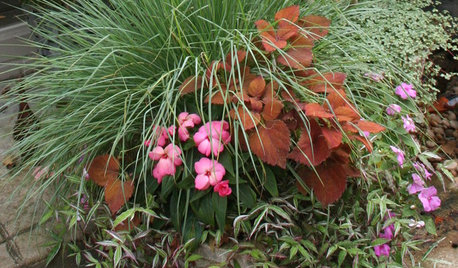
CONTAINER GARDENSContainer Garden Basics: Mix Textures to Catch the Eye
A mix of textures makes for potted gardens where each plant has a special role to play
Full Story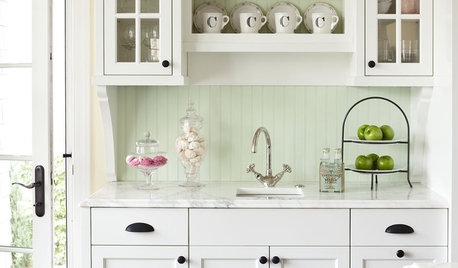
KITCHEN DESIGNHow to Mix Metal Finishes in the Kitchen
Leave matchy-matchy to the catalogs and let your kitchen's personality shine with a mix of metals for hardware and fixtures
Full Story
TASTEMAKERSA New Decorating Book Celebrates Expert Style Mixing
Old-world classic, traditional and modern elements harmonize in Stephen Sills' gift-worthy new decorating book
Full Story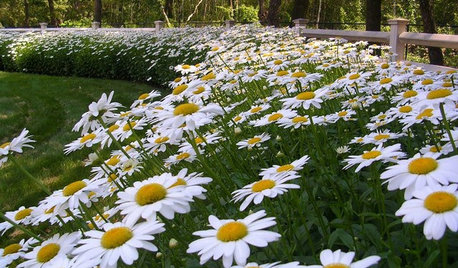
GARDENING GUIDESMix or Mass Daisies for Two Great Garden Looks
The classic daisy looks equally beautiful massed in borders or mixed throughout a naturalistic planting. Which look suits your style?
Full Story
KITCHEN DESIGNMix and Match Kitchen Materials for a Knockout Design
Give your kitchen unexpected flavor by combining wood, stone, glass and more. Here’s how to get the mix right
Full Story
KITCHEN DESIGNNew This Week: 2 Kitchens That Show How to Mix Materials
See how these kitchens combine textures, colors and materials into a harmonious whole
Full Story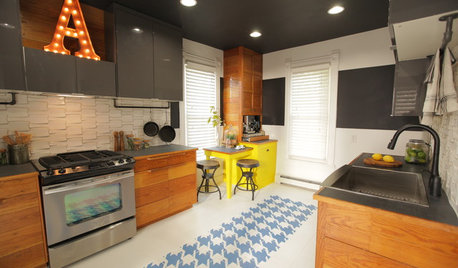
BEFORE AND AFTERSMixing Vintage and Modern in an Urban Family Kitchen
See an ad hoc kitchen become full of character, hipness and — above all — function
Full Story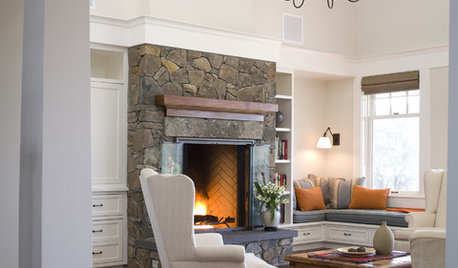
FURNITUREHow to Mix Wood Furniture Finishes
Furniture doesn't need to match to look good; add character and charm to your home with mismatched — but complementary — tones
Full Story
ARCHITECTURECity View: New Orleans Style Mixes It Up
Always ready for a party and a parade, this Louisiana city also counts history, varied cultures and a resilient spirit among its influences
Full Story






TheMasterGardener1
tapla (mid-Michigan, USDA z5b-6a)
Related Professionals
Manchester Landscape Contractors · Aloha Landscape Contractors · Canyon Lake Landscape Contractors · Chelmsford Landscape Contractors · Dudley Landscape Contractors · Mesa Landscape Contractors · Natick Landscape Contractors · Southbury Landscape Contractors · Doctor Phillips Window Contractors · Hesperia Window Contractors · South Laurel Window Contractors · Folsom Fence Contractors · Natick Fence Contractors · New Haven Fence Contractors · Salida Fence ContractorsDMForcierOriginal Author
DMForcierOriginal Author
tapla (mid-Michigan, USDA z5b-6a)
DMForcierOriginal Author
greentiger87
TheMasterGardener1
nil13
tapla (mid-Michigan, USDA z5b-6a)
TheMasterGardener1
DMForcierOriginal Author
DMForcierOriginal Author
tapla (mid-Michigan, USDA z5b-6a)
TheMasterGardener1
DMForcierOriginal Author
tapla (mid-Michigan, USDA z5b-6a)
dickiefickle
greentiger87
DMForcierOriginal Author
TheMasterGardener1
jodik_gw
greentiger87
DMForcierOriginal Author
greentiger87
jodik_gw
TheMasterGardener1
meyermike_1micha
TheMasterGardener1
greentiger87
TheMasterGardener1
greenman28 NorCal 7b/8a
meyermike_1micha
TheMasterGardener1